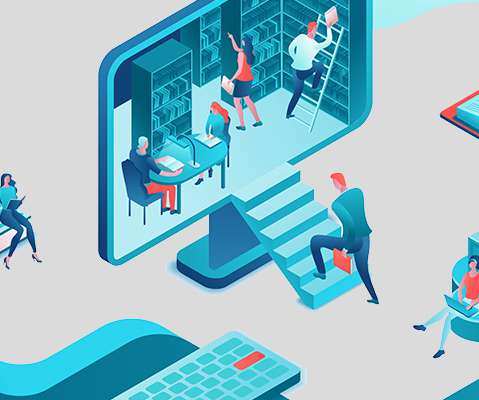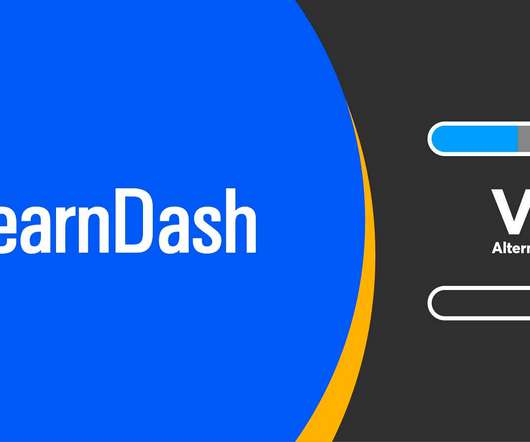Strategies for transformation 2: from synchronous to asynchronous
Clive on Learning
JUNE 14, 2013
In the next six posts, I explore six ways in which learning professionals can realise a transformation in the way that learning and development occurs in their organisations. The second step on the route to transformation is a shift from interventions that are synchronous to those that are asynchronous.




















Let's personalize your content